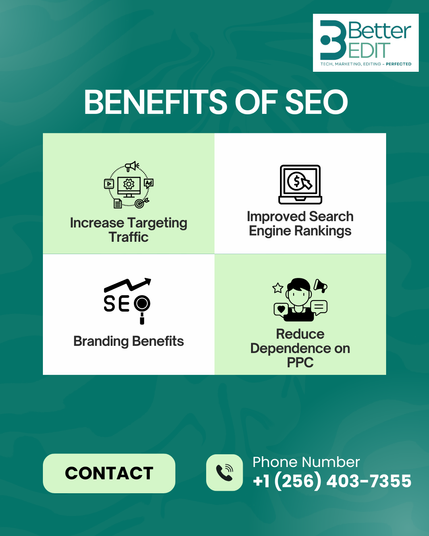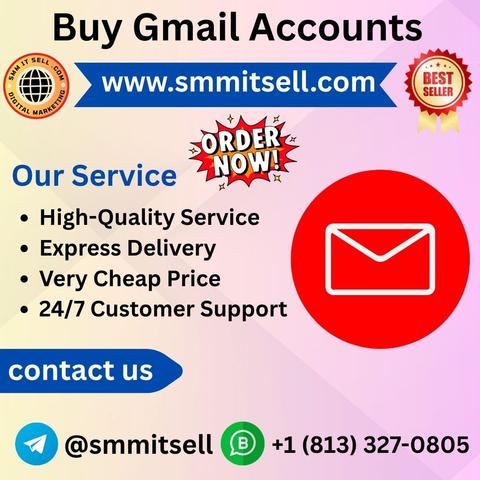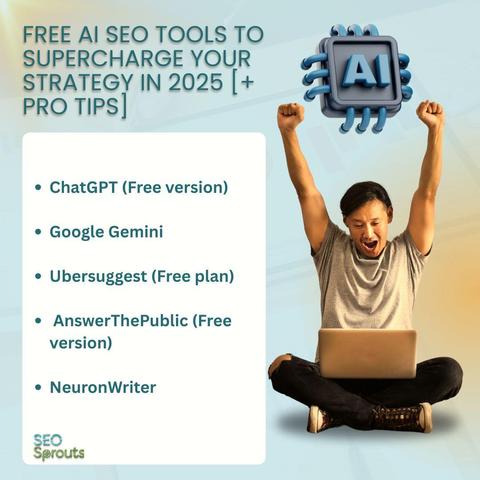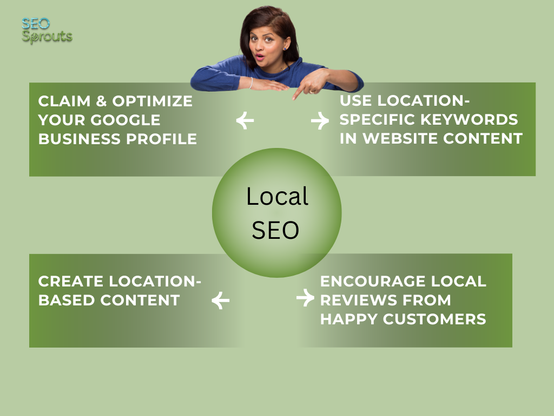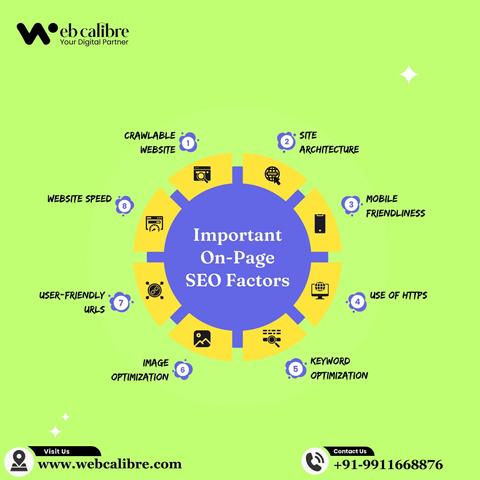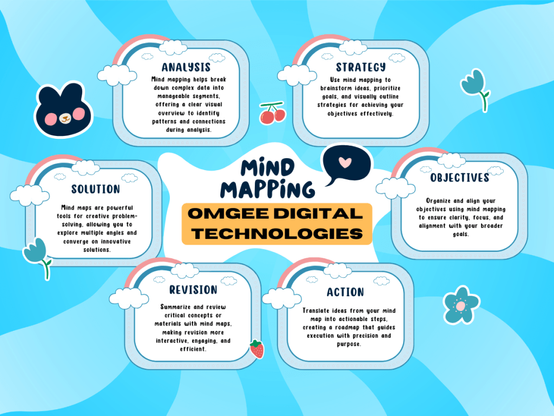The Long-Form Content Advantage: How to Outperform Your Competitors
In today’s fast-paced digital world, it seems counter intuitive to focus on long-form content. After all, aren’t attention spans getting shorter? Surprisingly, the opposite is true when it comes to valuable, in-depth content. Long-form content is making a comeback, with both readers and search engines favoring comprehensive resources that thoroughly explore topics.
https://youtu.be/QzcxbkLqGRA
Recent studies show that long-form content gets an average of 77.2% more links than short articles, making it a powerful tool for improving your SEO and establishing your authority in your field. Additionally, articles with a word count over 2,500 get shared the most on social media, indicating that readers value and engage with in-depth content.
In this blog post, we’ll explore strategies for creating effective long-form content. Such content should resonate with your audience. It should also drive results for your business. We’ll cover both online and offline techniques, ensuring a well-rounded approach to content creation.
Understanding Long-Form Content
Long-form content typically refers to articles, guides, or resources that are 1,500 words or more. Nevertheless, length alone doesn’t define quality long-form content. The key is to give comprehensive, valuable information that thoroughly addresses your audience’s needs and questions.
Benefits of Long-Form Content
Before diving into strategies, let’s quickly review why long-form content is worth the investment:
- Improved SEO performance
- Increased time on page and engagement
- Higher social shares and backlinks
- Established authority and thought leadership
- Better conversion rates
Now, let’s explore strategies for creating effective long-form content, balancing both online and offline methods.
Strategy 1: Comprehensive Research
Online Method: Use digital tools like Google Scholar and industry databases. Conduct online surveys to gather in-depth information. Collect statistics about your topic.
Offline Method: To gather unique insights, conduct in-person interviews with experts, attend industry conferences, and review print publications.
Real-World Example: Local agricultural cooperative created a comprehensive guide on sustainable farming practices. They merged online research with in-person interviews of long-time farmers. They gathered historical data from online archives and paired it with first-hand accounts of changing farming techniques over the decades. This blend of digital and traditional research techniques led to a rich, 5,000-word resource. It became a go-to guide for both new and experienced farmers in the region.
Strategy 2: Structured Outlining
Online Method: Use mind-mapping software. You can also use digital outlining tools to organize your thoughts. These tools will help create a logical flow for your content.
Offline Method: Use the traditional index card method to physically arrange and rearrange your main points and supporting details.
Real-World Example: A small business consultant created a guide on “Starting a Successful Local Restaurant.” She began by using digital mind-mapping software to brainstorm main topics. She printed these topics. Then, she used physical index cards to break down subtopics further. She arranged them in a logical order. This hybrid approach allowed her to visualize the entire content structure both digitally and physically. The result was a well-organized 8,000-word guide. This guide walked readers through every aspect of opening a restaurant.
https://vimeo.com/1047690425?share=copy
Strategy 3: Incorporating Diverse Content Formats
Online Method: Embed videos, interactive infographics, and social media posts to break up text and engage readers.
Offline Method: Create hand-drawn illustrations, diagrams, or charts to explain complex concepts visually.
Real-World Example: A local history museum created a long-form article about the town’s industrial heritage. They merged digitized historical photographs with embedded video interviews of retired factory workers. These are considered online methods. They also used scanned hand-drawn maps and illustrations created by a local artist, representing the offline method. This mix of digital and traditional visual elements brought the 3,500-word article to life. It made the town’s history accessible and engaging for readers of all ages.
Strategy 4: Collaborative Writing
Online Method: Use cloud-based document sharing and real-time collaboration tools to work with multiple authors or experts simultaneously.
Offline Method: Organize in-person writing workshops or brainstorming sessions to gather diverse perspectives and ideas.
Real-World Example: A community health center created a comprehensive guide on “Holistic Approaches to Mental Health.” They used Google Docs for remote collaboration among staff members. This was their online method. They also organized weekly in-person roundtable discussions with local mental health professionals, community leaders, and patients. This served as their offline method. This collaborative approach resulted in a 10,000-word resource that combined clinical expertise with real-life experiences and community-specific insights.
Strategy 5: Iterative Editing and Refinement
Online Method: Use AI-powered editing tools and SEO plugins to refine your content and optimize it for search engines.
Offline Method: Organize in-person reading circles or focus groups to gather feedback on content clarity and relevance.
Real-World Example: A local bookstore owner wrote a 6,000-word guide on “Cultivating a Lifelong Reading Habit”. She used Grammarly and Yoast SEO for initial edits. This was part of her optimization process (online method). She organized a series of reading circles with loyal customers. These customers were of various ages and backgrounds. They read through sections and provided feedback (offline method). The combination of digital tools improved the SEO-friendliness of the content. Human insight made it deeply resonate with the target audience.
Harness Your Mental Power: Organize and Thrive!
Channel your energy effectively by mastering the art of thought organization. This paves the way for success in both personal and professional life.
Strategy 6: Promotion and Distribution
Online Method: Share your content across social media platforms, email newsletters, and through targeted online advertising.
Offline Method: Host in-person events or workshops based on your long-form content and distribute printed summaries or guides.
Real-World Example: A local organic farm created a 7,000-word guide on “Understanding and Supporting Local Food Systems.” They promoted it through their website, social media, and email list (online methods). They also hosted a series of farm-to-table dinners. During these events, they discussed key points from the guide. They distributed beautifully designed printed summaries as part of their offline methods. This multi-faceted approach not only increased online engagement but also strengthened community connections and support for local agriculture.
Conclusion
Creating effective long-form content requires a blend of digital savvy and traditional content creation skills. By combining online and offline techniques, you can create comprehensive, engaging resources that truly serve your audience’s needs.As you develop your long-form content strategy, consider these questions:
- How can you leverage both digital tools and traditional research approaches to gather unique insights for your content?
- What offline experiences or events complement and enhance your online long-form content?
- How collaborating with local experts or community members enrich your content and its impact?
- What creative offline promotion methods can you use to reach your audience beyond digital channels?
- How can you use feedback from both online analytics and in-person interactions to continually improve your long-form content?
Remember, the goal of long-form content is not just to rank well in search engines. It is also to give genuine value to your audience. By focusing on quality, depth, and relevance, you can create resources that attract readers. These resources also build your authority. They build lasting relationships with your audience.
For local businesses, long-form content offers a unique opportunity to showcase your skill and deep understanding of your community’s needs. Incorporate local insights. Collaborate with community members. Tackle specific regional issues. This approach lets you create content that truly resonates with your local audience. It also strengthens your position as a valuable community resource.
Transform Chaos into Clarity: Organize Your Thoughts Now!
Break free from overwhelming mental chaos and learn how to streamline your thinking, leading to clearer focus and greater productivity.
READ MORE #ContentCreation #ContentMarketing #ContentOptimization #LongFormContent #MarketingTips #SEOStrategy

